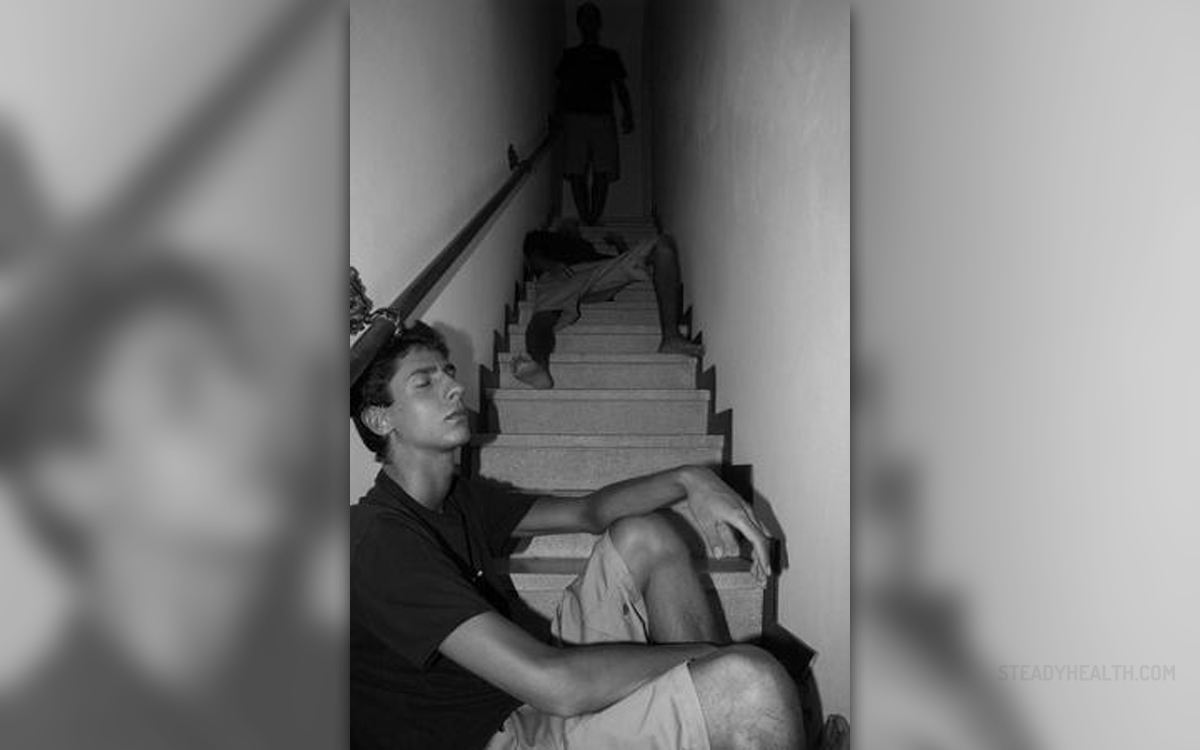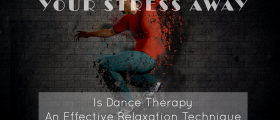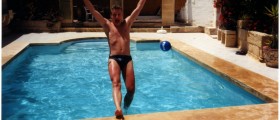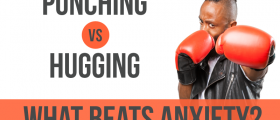
Bad and highly unpleasant
Given its extremely troubling nature, stress is certainly regarded as one of the most severe 'ailments' of the modern age. Contributing to this is also a rather fast paced life that people tend to live today. In addition to being quite a mental menace, it is also regarded as highly dangerous and harmful to our health in general. To substantiate this, there is the evidence acquired by way of research studies, which states that as many as 80% of all the modern age ailments are tightly connected to stress, as well as that general practitioners face this issue by far the most, during their day at the hospital.
Quite a number of people (whose number is increasing exponentially day in and day out) do attempt to solve this problem by simply finding more time to relax and work as little as possible. However, this does not provide long-term solutions, for even in those supposedly peaceful moments of tranquility people continuously think about the things that trouble them the most. In direct relation to this is one of the most frequently advised and recommended methods of achieving absolute tranquility and balance known as relaxation training. Primary goal of such an approach is to facilitate and enable a person in question to achieve not only state of the complete body and muscle relaxation, but also those peaceful and happy thoughts that contribute to the clarity of one's mind to the greatest extent.
This technique can also be employed for preventive purposes, i.e. to provide protection to the body from any harm coming from severe stress, as well as a coping strategy which is most effective in those moments of intense stress for the purpose of its reduction and for bringing it under complete control. But most of all, it can also be employed for the treatment of ailments that are directly related to stress, like elevated blood pressure, tension headaches, irritable bowel syndrome and ailments alike.
In order to benefit the most out of it, it is important to learn and master the formal techniques that come in the form of physical ones and psychological ones. The former affect one's body in a positive sense directly, with the goal to educate a person in question in recognizing muscle tension, and ultimately decreasing it. The latter are known to also include visualizations, meditation, guided goal directed visualisations, self-awareness, autogenic training, as well as the like of imagery.
- healthfinder.gov/api/Outlink/Search/http/www.helpguide.org/articles/stress/relaxation-techniques-for-stress-relief.htm?_hash_=%23breathing&_label_=use+deep+breathing+to+relax
- www.nhs.uk/conditions/stress-anxiety-depression/reduce-stress/
- Photo courtesy of Edoardo Costa by Flickr: www.flickr.com/photos/92764160@N00/287074613

















Your thoughts on this
Loading...